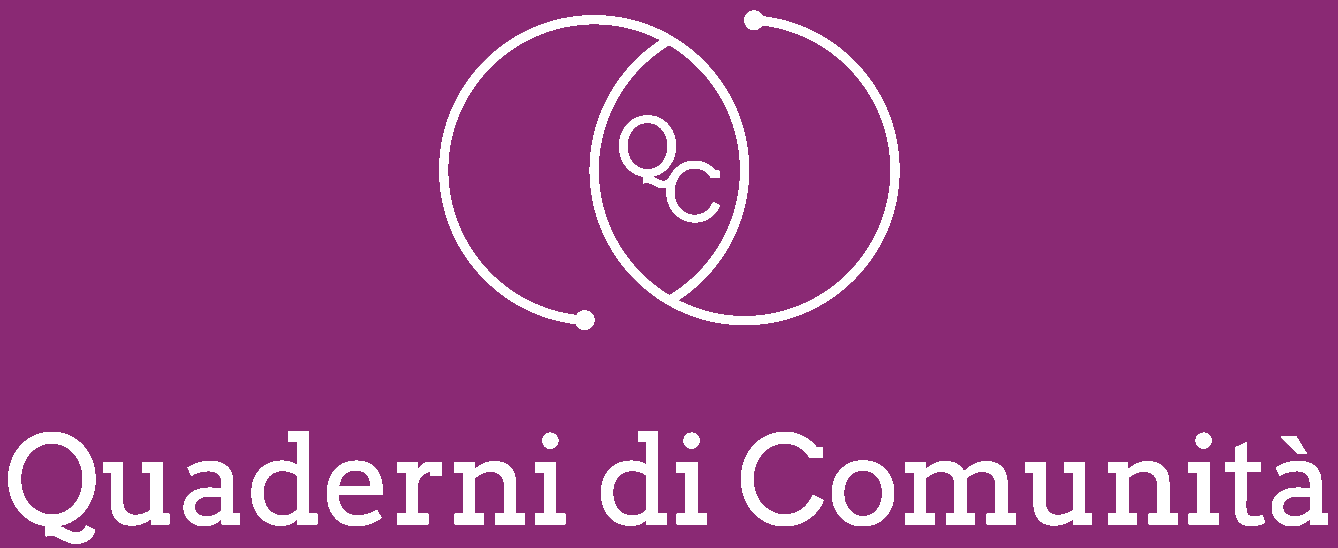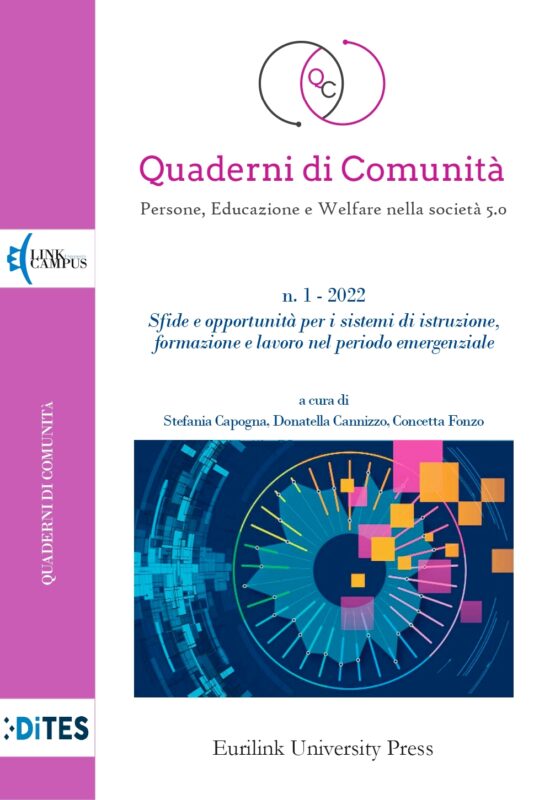Digital culture for Educational Organizations. Guidelines for Teachers and Education Agencies.
DOI:
https://doi.org/10.61007/QdC.2022.1.40Keywords:
cultura digitale, digital media, pandemic, educational systemAbstract
Digital culture for Educational Organisations. Guidelines for Teachers and Education Agencies (Capogna et. al., 2020) was published in the post-emergency period of the Covid-19 pandemic in which the function performed by technological resources testifies to the extraordinary formative and relational capacities of digital media: the acquisition and exploitation of elaborated competences constitute the real key to access the e-learning system 5.0.
References
Capogna S., Cocozza A., Cianfrglia L. (2020), Digital culture for Educational Organizations. Guidelines for Teachers and Education Agencies, Eurlink University Press, Roma.
Downloads
Published
How to Cite
Issue
Section
License
Copyright (c) 2022 Quaderni di comunità

This work is licensed under a Creative Commons Attribution-NonCommercial-NoDerivatives 4.0 International License.







